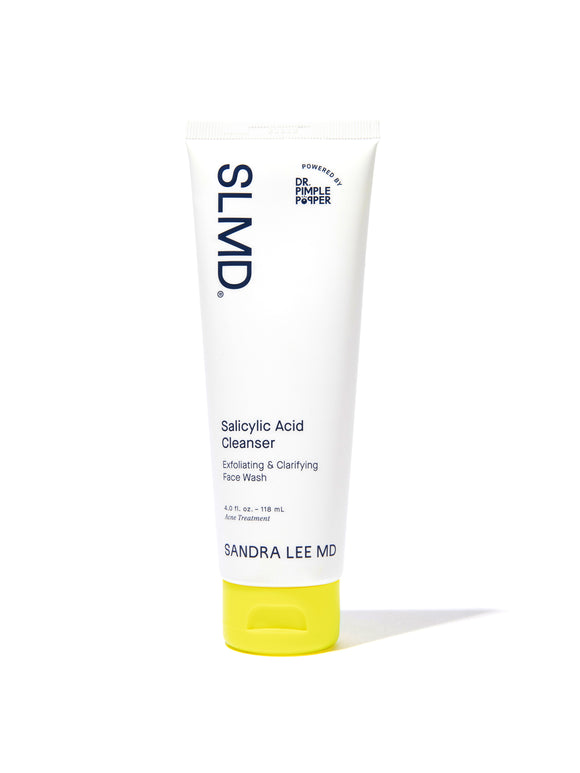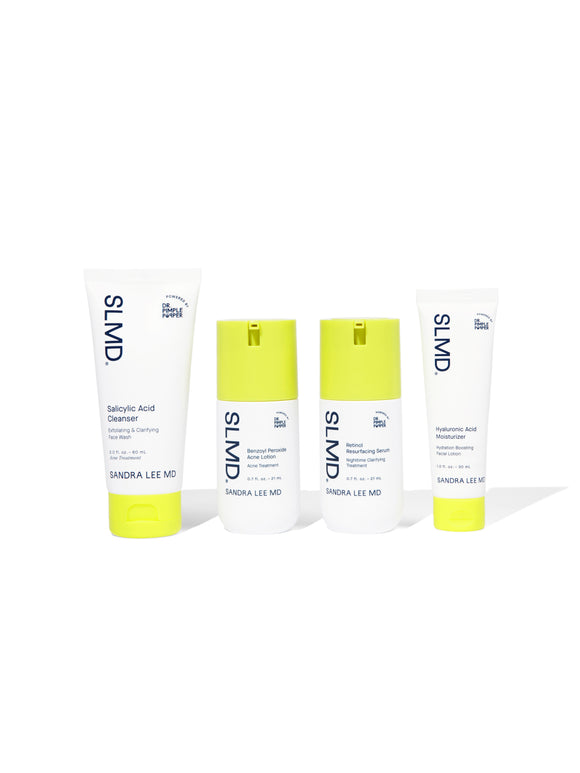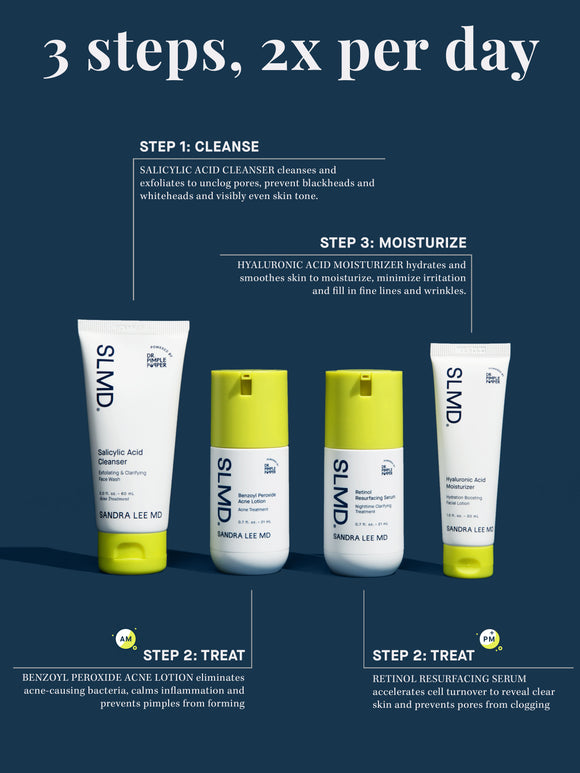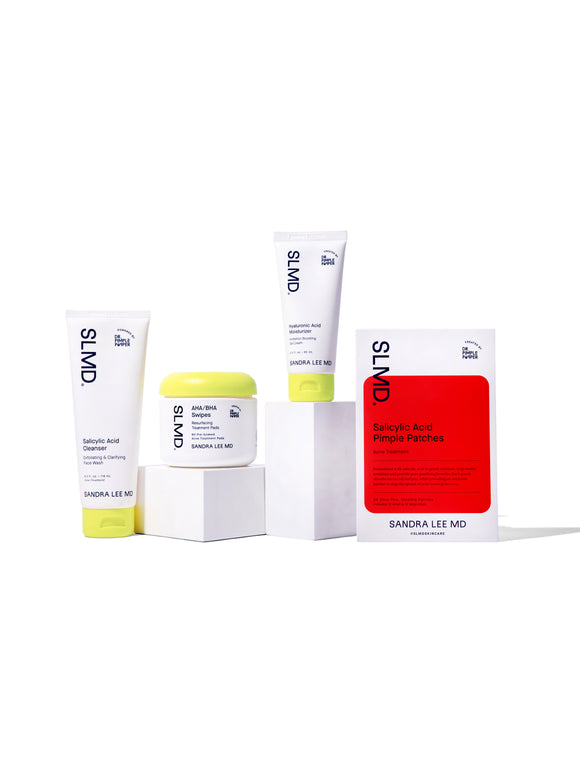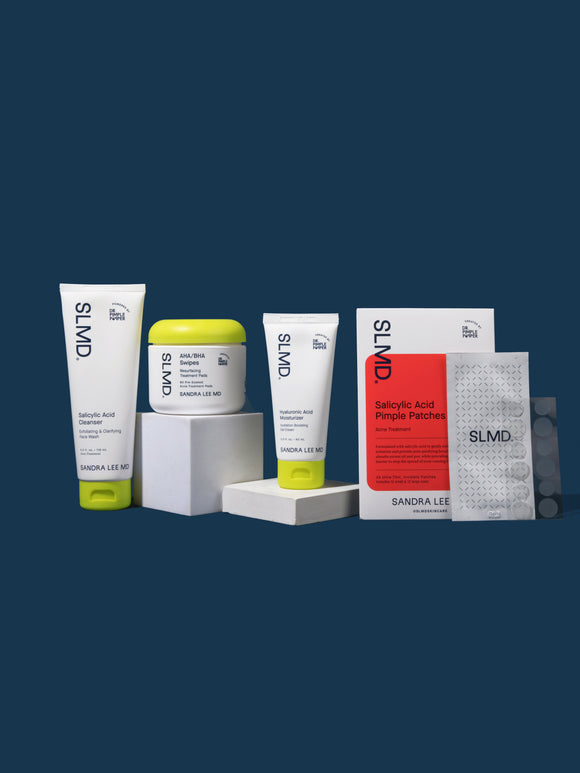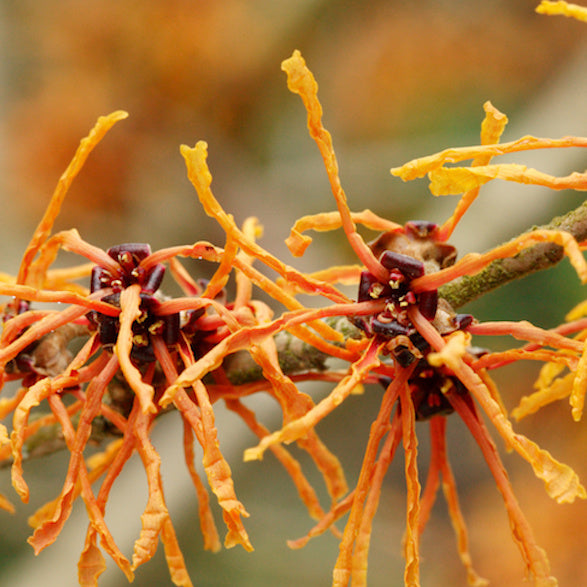
Ingredient Spotlight: Witch Hazel
Learn why this versatile natural remedy has long been considered a skincare wonder.Published:
2 minute read
Witch hazel is a powerful plant extract that has been used for centuries to treat a variety of skin ailments. Here, we shed some light on why it deserves a spot in your skincare routine.
Article Quick Links
What is witch hazel?
Derived from the leaves and bark of the Hamamelis virginiana plant, witch hazel is a type of shrub native to North America. This botanical extract has been renowned for its medicinal properties for centuries, and was favored by Native American tribes for its healing abilities.
The active compounds in witch hazel include tannins, flavonoids, and volatile oils, which contribute to its effectiveness in skincare. Over time, early European settlers adopted its use, and it has since become a staple in natural skincare and medicinal treatments.
What does witch hazel do for skin?
With a multitude of benefits for the skin, witch hazel makes a versatile addition to your routine. Here are some of its key attributes:
- Astringent: helps tighten the skin and minimize the appearance of pores
- Anti-inflammatory: soothes irritation. reduces redness and swelling
- Antioxidant: helps protect the skin from environmental stressors such as pollution and UV rays
- Oil regulating: aids in maintaining an optimal moisture balance by removing excess sebum
- Healing: supports faster skin repair by promoting cell regeneration and reducing irritation
- Antimicrobial: helps keep skin free of bacteria and other infectious agents
Dr. Pimple Popper's Witch Hazel Picks
What skin types benefit from witch hazel?
Because it’s a gentle ingredient that has a variety of benefits, witch hazel works well for a wide range of skin types:
Oily and acne-prone skin
Its astringent and oil-controlling properties make witch hazel an excellent choice for people with oily and acne-prone skin. It helps reduce excess oil, kill C. acnes bacteria, and calm existing acne.
Combination skin
Witch hazel’s ability to balance oil production makes it suitable for combination skin, which often has both oily and dry areas. It helps maintain an even skin tone and texture.
Normal skin
The protective and soothing properties of witch hazel make it an ideal choice for normal skin types. It helps maintain overall skin health and prevent common skin issues.
Sensitive skin
The anti-inflammatory and soothing effects of witch hazel can be beneficial for sensitive skin. It helps reduce redness and irritation without causing further sensitivity.
Aging skin
With its antioxidant properties, witch hazel can help protect skin from environmental damage that leads to premature aging.
How to incorporate witch hazel into your skincare routine
Since it’s versatile and compatible with other skincare ingredients, witch hazel is easy to add to your routine.
- Toner: After cleansing, apply with a cotton pad to help minimize pores and remove any remaining impurities
- Spot treatment: dab directly onto acne pimples or irritated areas to reduce inflammation and promote healing
- Face mist: mix with water and spritz on to soothe and hydrate skin
- After-sun care: mix with aloe vera and apply as a compress to help reduce redness and discomfort
- After shave: apply after shaving to calm and soothe razor burn

Dr. Lee's Last Word
Witch hazel is one of those traditional, natural ingredients that has really stood the test of time. It’s well tolerated by most skin types and can address a variety of skin concerns — especially acne.



